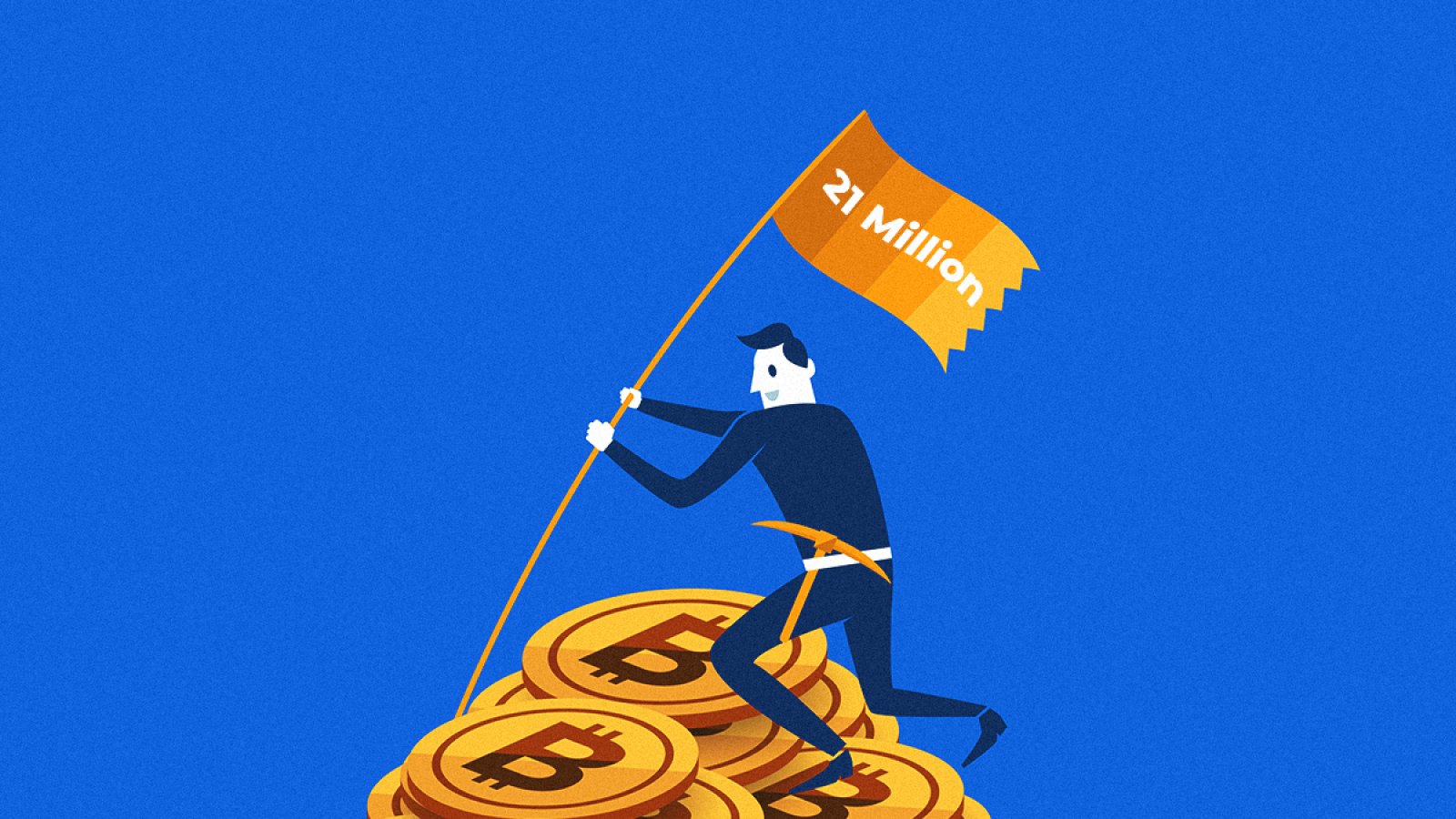Over 90 percent of the total 21 million bitcoins that will ever be available have been mined within 12 years after creating the cryptocurrency, a report on Blockchain.com said. Satoshi Nakamoto, the creator(s) of bitcoin, kept the supply fixed to keep Bitcoin valuable.
But with only a limited number of coins now left to be mined, there are questions about what happens to the Bitcoin economy when the supply runs out.
How does the bitcoin supply work?
Satoshi put a hard cap or maximum limit of 21 million on the bitcoin supply, regulating it through an algorithm in its source code. The limited supply makes it a scarce commodity and can help increase its price in the future.
A new bitcoin is added to the supply at a fixed rate of one block every 10 minutes. However, the algorithm is such that the new bitcoins in each block are reduced by half every four years.
Around 19 million bitcoins have been mined, leaving only 2 million to be mined in the future. Experts predict that the remaining bitcoins will be mined by 2140.
What will be the impact on miners when all bitcoins are mined?
Miners are integral in creating bitcoin tokens; they solve cryptographic puzzles to verify and validate a block of transactions in the network. For playing their part in the network, the miners get block rewards that include the newly-minted bitcoin and the cumulative transaction fees paid in a block.
The only hurdle for miners is that the block reward also roughly halves every four years. In 2012, it was halved to 25 bitcoins, and it went down to 12.5 in 2016. In May 2020, miners stood to earn 6.25 bitcoin for every new block.
The mining process involves solving complex mathematical puzzles; they require high-tier computational hardware (like GPUs and CPUs) that consume large amounts of energy. The miners use the money they make from the block reward to offset the operational cost of mining and make a profit.
But as the rewards get halved every four years, the price of running the operation will eventually exceed the rewards for the miners. This might make mining an unsustainable business model for them.
The transaction fees will gradually rise, though, since only a limited number of transactions can be confirmed every 10 minutes. While this can compensate miners for the lack of block rewards, the transaction amount depends on the state of the network in the future. Miners could also use innovation to increase energy efficiency in mining and lower costs.
What will be the impact on the network?
The most vital aspect of bitcoin is the network. The distributed ledger model is the heart of any cryptocurrency.
If the number of transactions increases in the network in the future, there is a chance that the speed of the transactions will slow down. Bitcoin’s architecture is favoured towards accuracy and integrity more than speed.
If the number of transactions decreases in the network, there is a chance that bitcoin may become a reserve asset. This will push out small retail traders and replace them with large institutional players, possibly increasing the transaction fees and making trading expensive.
What will be the effect on bitcoin as a currency?
The scarcity will probably lead to more buying in bitcoin. As the FOMO (fear of missing out) sets in, there could be a rush to buy the rare asset, and the people holding bitcoins will be in a great position to sell. However, there is also the expectation that potential regulations will help keep the lid on volatility.
Read full story on CNBC TV18


